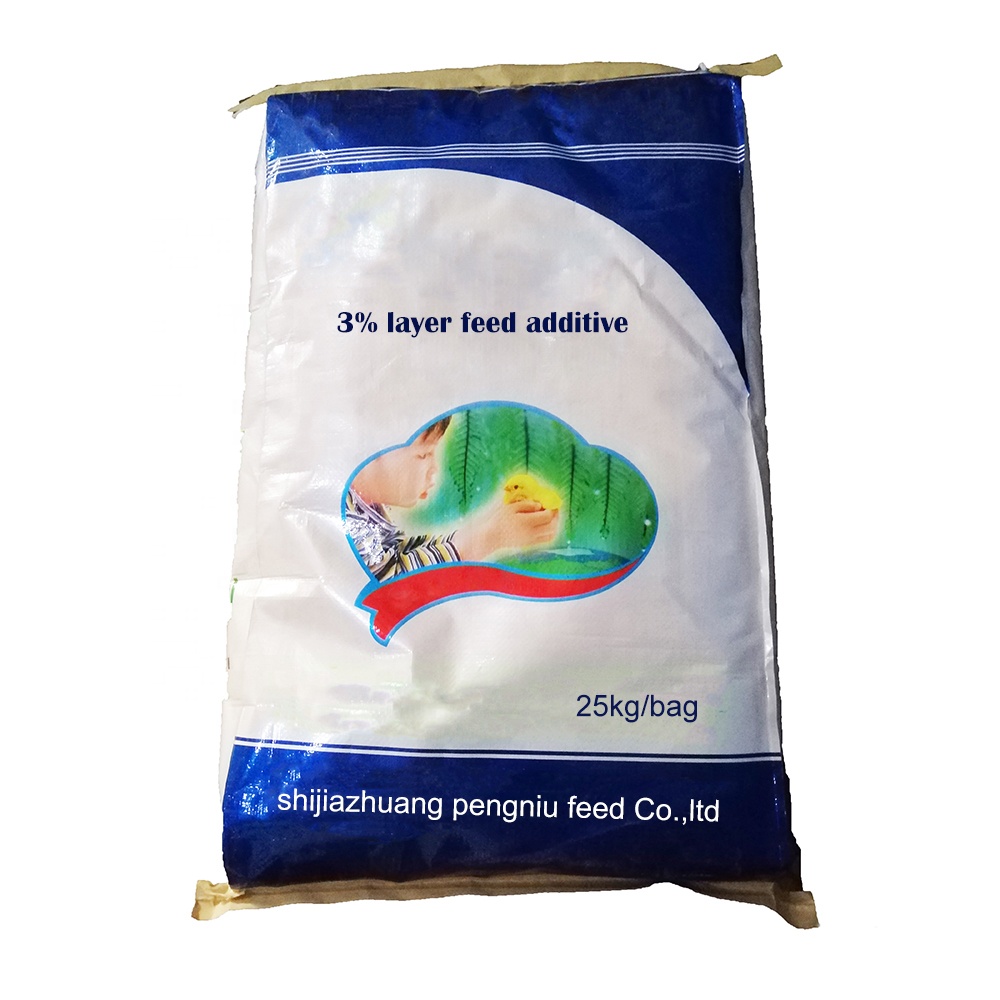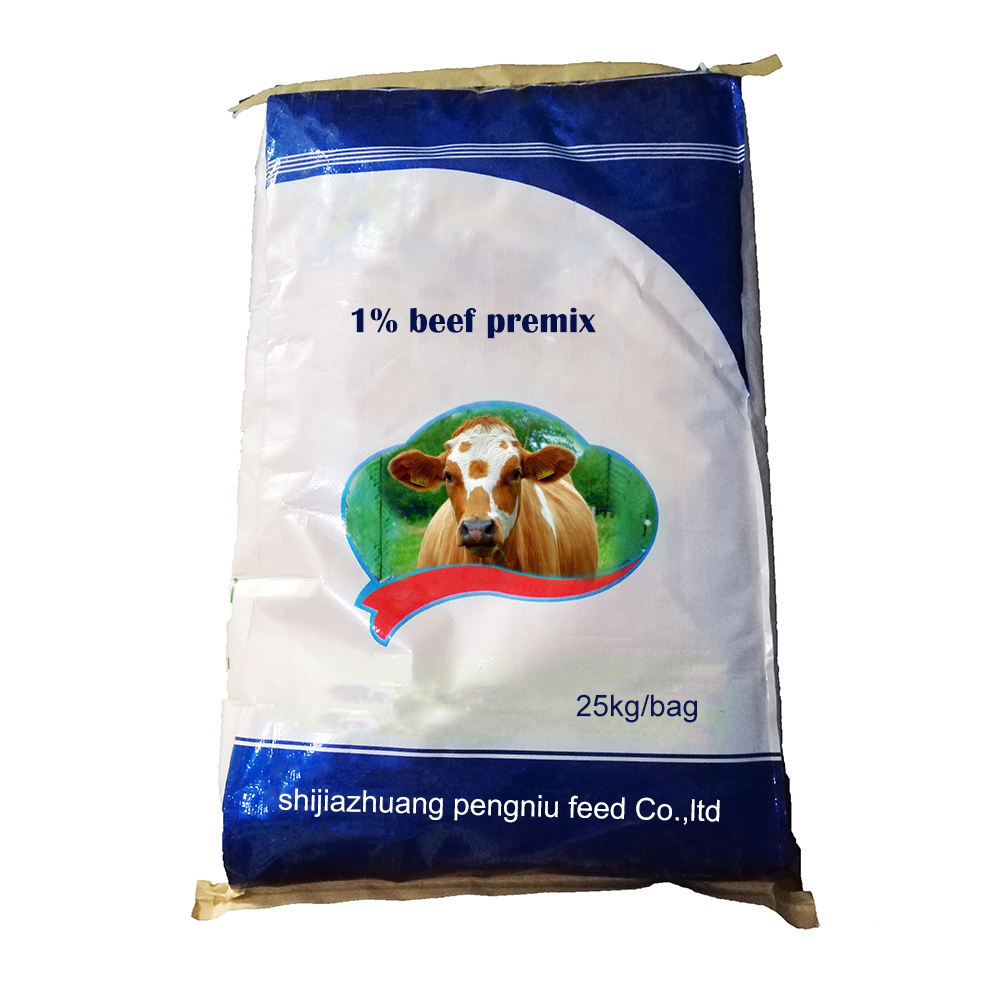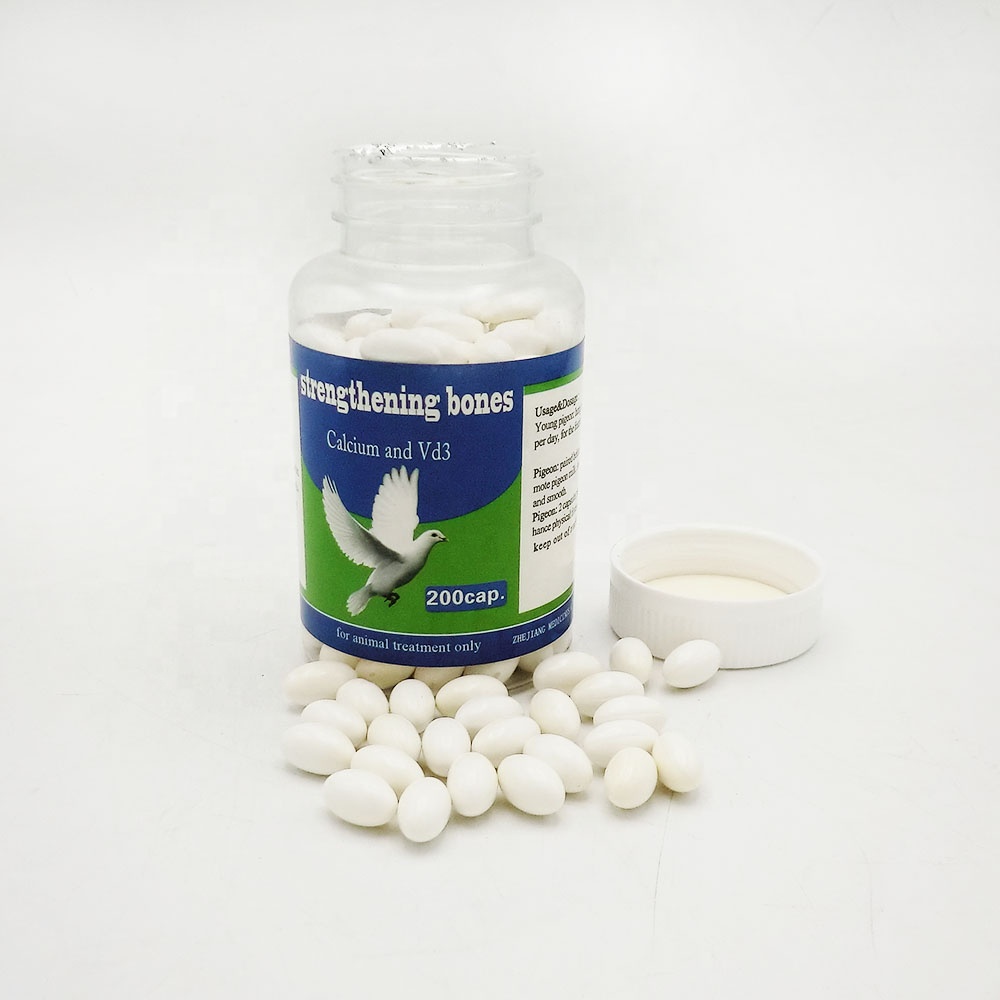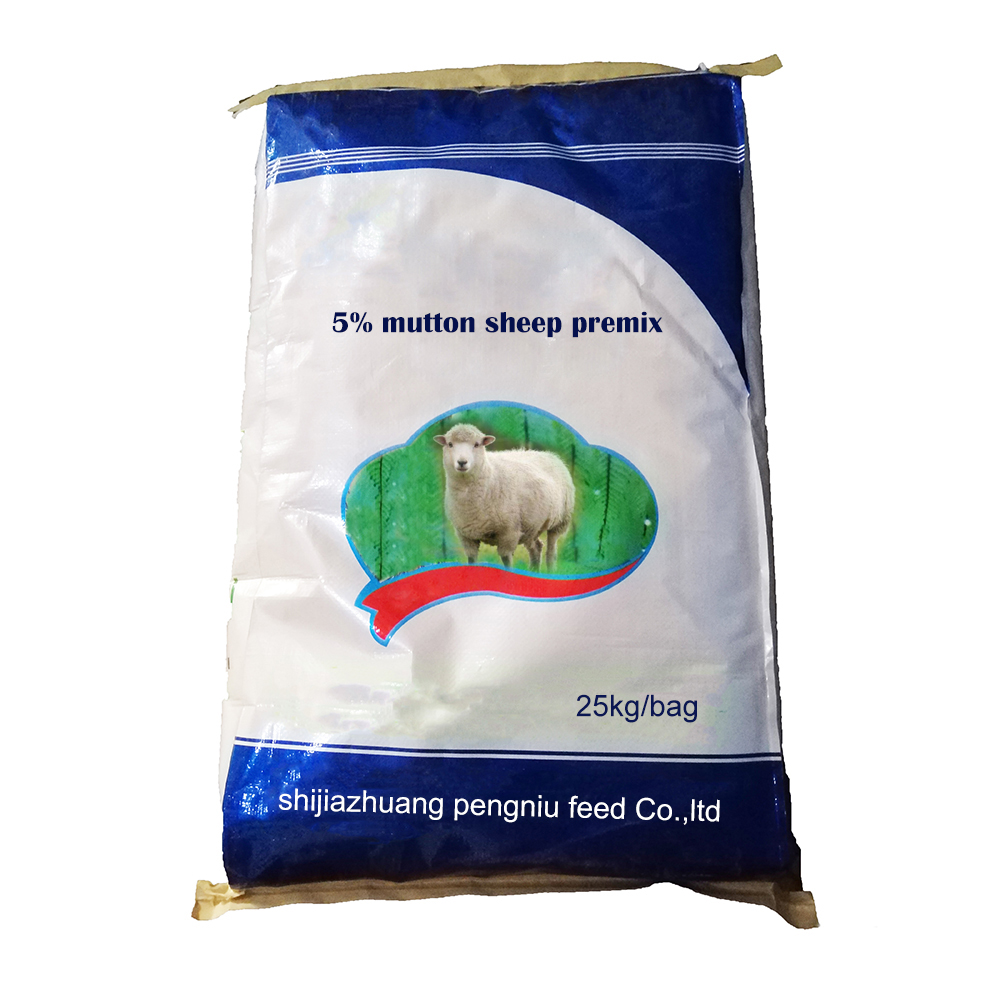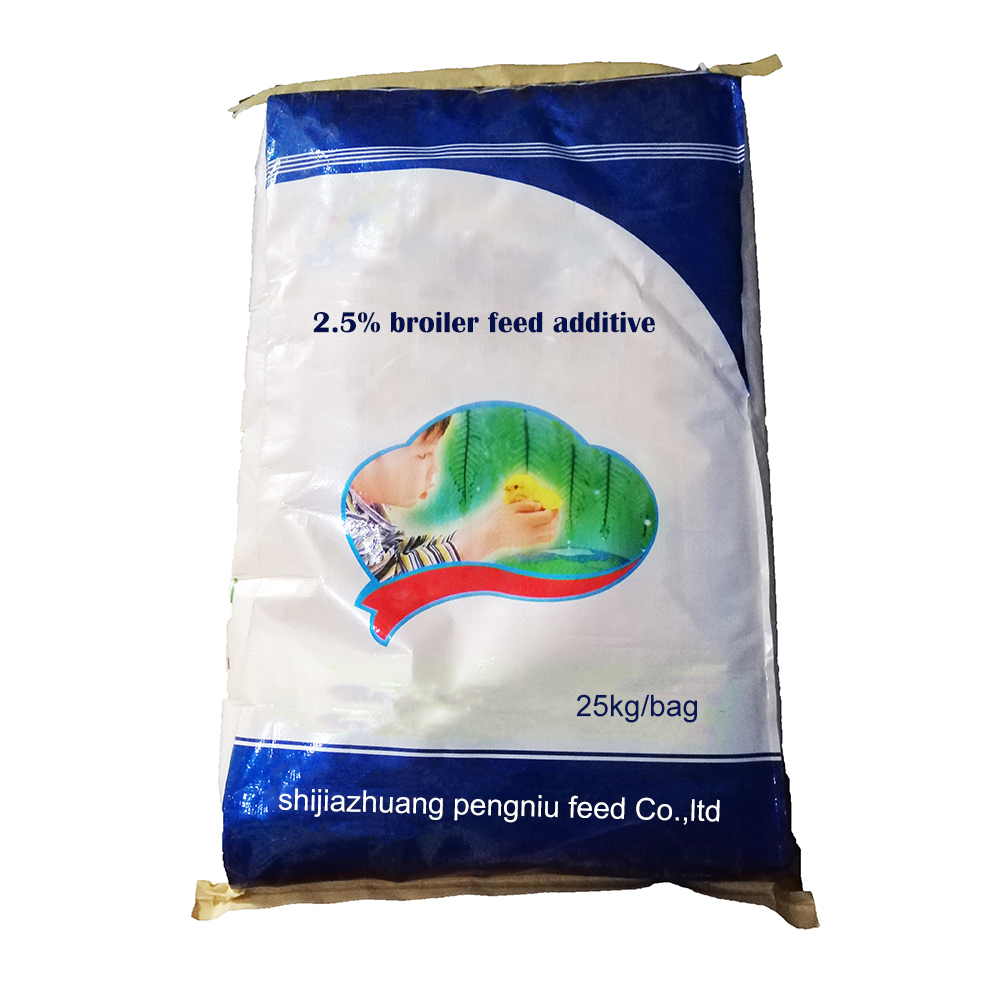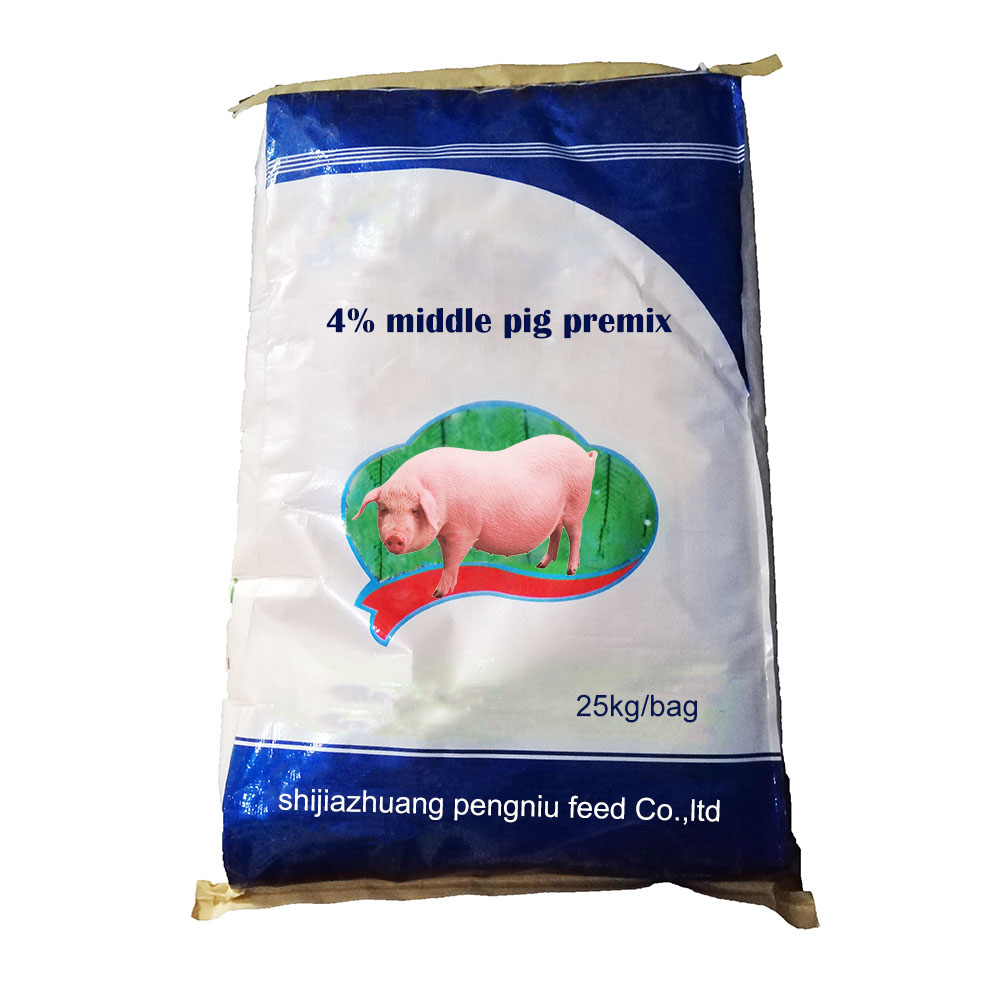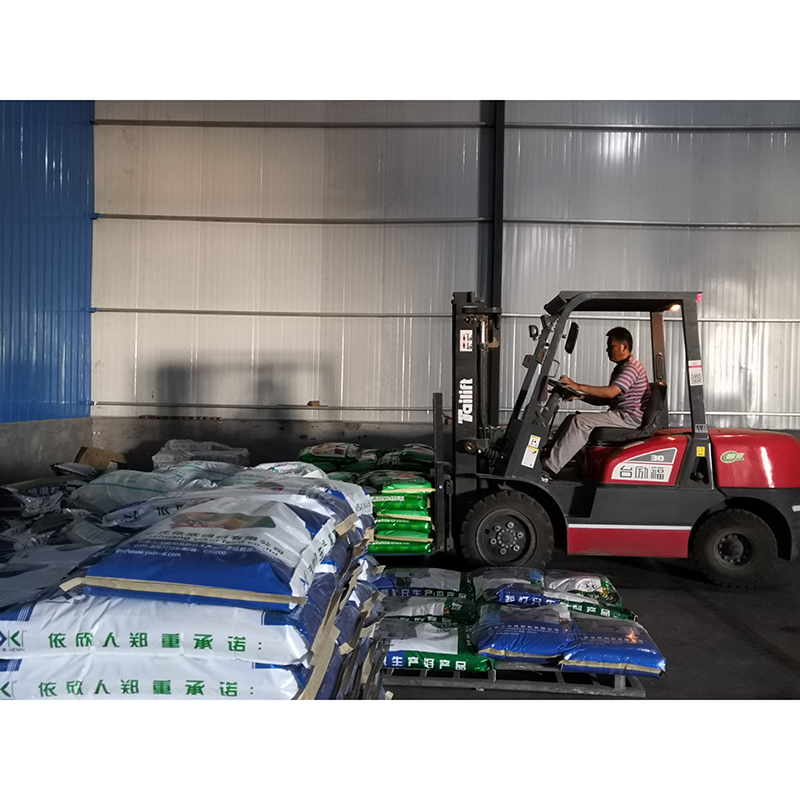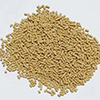- Exploring the importance and definition of livestock feed additives
in modern animal nutrition - A data-driven analysis of trends and market statistics for feed additives
- Technological advancements shaping the future of feed supplement and feed additives
- Comparative evaluation of major feed additive manufacturers
- Designing tailored feed supplements and feed additives solutions
- Real-world application cases of effective feed supplement strategies
- Conclusion reflecting on livestock feed additives’ evolving role and looking to the future

(livestock feed additives)
The Essential Role of Livestock Feed Additives in Animal Nutrition
Livestock feed additives play a crucial role in maximizing the efficiency, health, and productivity of modern animal agriculture. Defined broadly, feed additives include nutritional or non-nutritional substances introduced to basic rations to improve the quality of feed and animal performance. Today, a complex interplay among nutrients, enzymes, prebiotics, probiotics, and antimicrobials characterizes feed supplement and feed additives, with each type addressing specific challenges like digestive efficiency, growth rates, and disease resistance. As global protein demand surges, so does the emphasis on feed additives for sustainable, high-output livestock systems. Producers and nutritionists aim for solutions that are both scientifically robust and compliant with ever-evolving food safety standards, ensuring that animals receive exactly what is needed for optimal growth without excess, waste, or risk.
Data-Driven Trends Influencing Feed Supplements and Additives
The livestock feed additives sector has witnessed exponential growth globally. According to recent reports, the compound annual growth rate (CAGR) of the feed additives market is expected to reach 5.7% between 2023 and 2028, reaching a projected valuation of $45.4 billion by 2028. Rising consumer awareness for antibiotic-free meat, stricter regulations on residue limits, and the need for improved feed efficiency are key drivers. Feed supplement and feed additives have become indispensable tools for addressing nutritional gaps and maximizing return on investment.
Key Global Market Insights:
- Regional Distribution: Asia-Pacific accounts for over 35% of total consumption, led by China and India.
- Product Categories: Amino acids make up 30% of additive demand, while probiotics and enzymes are among the fastest growing segments.
- Species Demand: Swine and poultry sectors together account for nearly 60% of global additive usage.
Technological Innovations Redefining Feed Supplement and Feed Additives
Advances in biosciences and processing technology are reshaping how feed supplements and feed additives are formulated, delivered, and monitored. The utilization of encapsulation technologies, nanotechnology-based delivery systems, and precision fermentation are particularly transformative. For example, microencapsulation improves additives’ stability, solvency, and targeted release in the animal gut, enhancing absorption efficiency and reducing waste.
Enzyme additives, such as xylanases and phytases, exemplify this progress. Their tailored activity unlocks nutrients otherwise unavailable in conventional feed, cutting down input costs by as much as 15% and reducing environmental outputs such as phosphorus through improved digestibility.
Meanwhile, digital monitoring systems are enabling rapid analysis of additive impacts through real-time animal health and growth tracking, reducing errors and allowing nutritionists to fine-tune formulations dynamically. These changes not only increase animal performance, but also significantly enhance traceability, compliance, and transparency for retail and regulatory supply chains.
Comparing Top Feed Additive Manufacturers: A Data Table Analysis
Evaluating the performance, cost, and innovation track record of major feed additive providers empowers producers to select the best-fit products for their livestock operation. The following comparison table presents a snapshot of leading manufacturers according to critical metrics:
| Manufacturer | Market Share (%) | Product Range | Avg. Cost/kg (USD) | R&D Investment (% of Revenue) | Specialties |
|---|---|---|---|---|---|
| DSM Nutritional Products | 18 | Vitamins, enzymes, carotenoids | 4.10 | 6.2 | Sustainable vitamin solutions |
| Evonik Industries | 13 | Amino acids, enzymes | 3.85 | 5.9 | Precision amino acid blends |
| Adisseo | 11 | Vitamins, enzymes, methionine | 3.95 | 5.1 | High-purity methionine |
| Cargill Animal Nutrition | 10 | Probiotics, minerals, additives | 4.25 | 4.8 | Holistic feed blending |
| Alltech | 8 | Yeast, mycotoxin binders, nutrients | 4.35 | 6.8 | Innovative organic binders |
Notably, the competitive landscape is shaped not only by price, but by category leadership, research intensity, and the ability to provide integrated support services such as technical consultation and supply chain logistics. For producers, assessing the right mix of innovation and cost-effectiveness is essential for long-term profitability.
Customizing Feed Supplements and Feed Additives Solutions
No two livestock operations are identical, so feed supplements and feed additives must often be tailored to accommodate regional feedstuff availability, specific nutritional deficiencies, and unique performance targets. Leading companies deploy advanced analytical tools such as Near-Infrared Spectroscopy (NIR) and interactive formulation platforms to craft custom additive blends. This facilitates not only cost optimization but also supports targeted health outcomes such as enhanced immune function or improved feed conversion ratios (FCR).
The process involves multi-level input: on-site feed assessments, laboratory diagnostics, and consultation with agricultural nutritionists. For instance, custom enzyme packages for wheat- and barley-heavy rations can increase apparent metabolizable energy (AME) by up to 10%, while precision micro-mineral supplementation can reduce lameness incidence by 6% in dairy cattle.
- Microbiome Optimization: Probiotic and prebiotic balances are individualized for species, age, and production phase.
- Dynamic Ration Adjustment: Digital ration formulation platforms adjust inclusion rates in real-time based on monitoring data.
- Regulatory Compliance: Custom blends are designed considering all relevant regional residue and feed safety legislations.
Application Cases: Real-World Impact of Advanced Feed Supplement Strategies
Practical examples underscore the transformative results that livestock producers can achieve with well-selected feed supplements and feed additives.
Case Study 1: Poultry Broiler Optimization
In a 300,000-bird broiler operation, switching to a multi-enzyme additive blend led to a 7.8% increase in daily weight gain and a 5% feed conversion improvement within 6 weeks, allowing the client to save over $60,000 per production cycle.
Case Study 2: Dairy Herd Health Enhancement
A mid-sized dairy operation incorporated a precision-balanced mineral and yeast additive package, achieving a 4% rise in average lactation yields and reducing clinical mastitis cases by 22%. This equated to a net profitability increase of $35 per cow annually, verified through rigorous on-farm trials.
Case Study 3: Swine Mycotoxin Control
In high-risk corn-based swine rations, a custom mycotoxin binder blend slashed mortality rates by 16% during mold-prone months. Average daily gain improved by 3.2% compared to the previous year, verified by production analytics.
These cases collectively validate the decisive role of targeted feed supplement and feed additives intervention—even modest incremental changes in additive composition can yield outsized gains in output, health, and profitability.
The Future of Livestock Feed Additives: Pathways for Advancement
Livestock feed additives stand at the crossroads of livestock productivity, food safety, and environmental stewardship. Forward-looking strategies prioritize not only short-term gain, but also sustainable use of resources and compliance with the highest welfare standards. As ongoing research expands the understanding of gut health, nutrient bioavailability, and residue management, new-generation feed additives are likely to show even greater precision, synergistic effects, and data-driven customization.
Collaboration among academic researchers, manufacturers, and producers remains pivotal to realize the maximum potential of these interventions. By incorporating the latest science, robust on-farm feedback, and regulatory advancements, the livestock feed additives industry will continue to be a cornerstone of efficient, responsible animal agriculture, shaping how the world meets its protein needs sustainably.
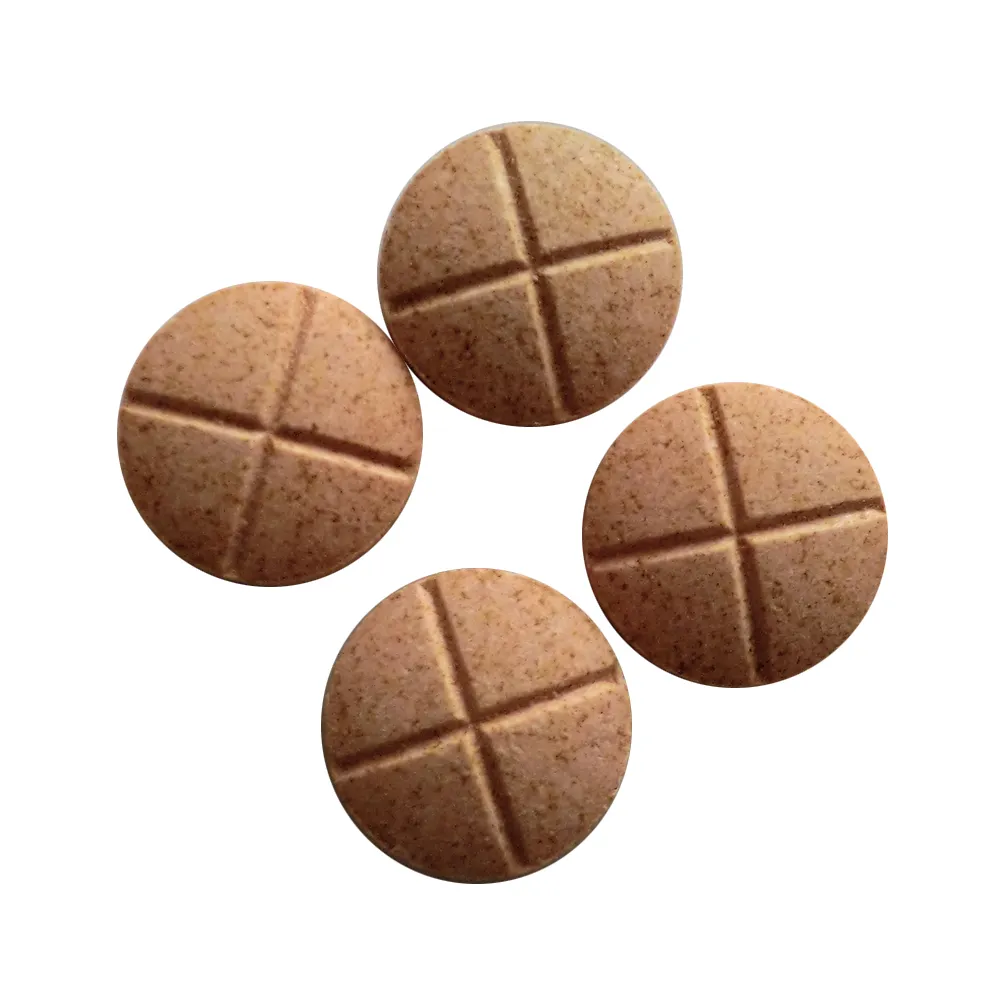
(livestock feed additives)
FAQS on livestock feed additives
Q: What are livestock feed additives?
A: Livestock feed additives are substances added to animal feed to improve nutrition or enhance animal health. They can include vitamins, minerals, enzymes, and probiotics. These additives help boost animal growth and feed efficiency.Q: How do feed supplements and feed additives differ?
A: Feed supplements provide essential nutrients missing from a diet, while feed additives offer non-nutritive benefits such as improved digestion or disease prevention. Both support animal productivity, but their purposes are slightly different. They may be used together in balanced livestock diets.Q: Can I get information on feed supplements and feed additives in PDF format?
A: Yes, many agricultural websites and research institutions offer feed supplements and feed additives information in PDF format. These documents provide detailed data and guidelines for proper use. Just search for "feed supplements and feed additives PDF" online.Q: Are livestock feed additives safe for animals?
A: Most livestock feed additives are thoroughly tested and regulated to ensure animal safety. It's important to follow recommended dosages and consult with a veterinarian. Proper use greatly reduces risks to animal health.Q: Why should I use feed supplement and feed additives for my livestock?
A: Using feed supplement and feed additives boosts animal growth, improves health, and enhances feed utilization. They can help prevent nutrient deficiencies and promote better productivity. This results in healthier animals and higher farm profits.Post time: July 8, 2025

